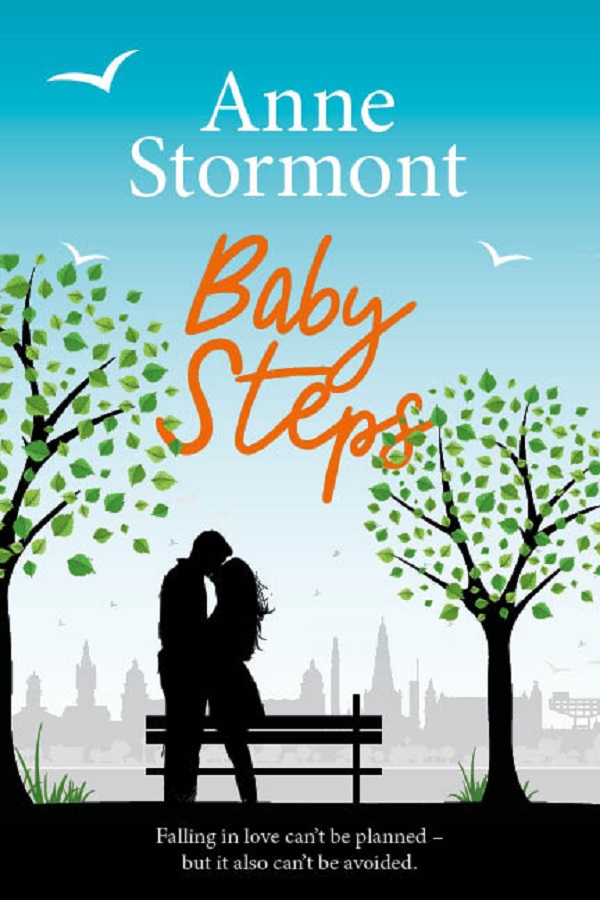
Today’s post is by writer and book coach Monica Cox.
There is something invigorating about typing the words THE END on a rough draft. The story has unspooled from your fingers for weeks, months, maybe even years and, finally, you have reached the resolution.
You may feel relief, excitement, or even a renewed dedication to the story. You may even be motivated to dive right into revisions so you can share it with the world as soon as possible.
But rushing to edit can be the biggest mistake a writer makes.
Returning to page one with red pen in hand inevitably leads to reading on the line level. You start fiddling with individual words, phrases, and paragraphs. You are line editing when you haven’t even finished your first read-through. It keeps you focused on the trees and not the forest of your story where the big structural issues tend to hide. These structural issues are the problems in your manuscript you need to address first. No writer wants to realize a paragraph they spent an entire afternoon dissecting and making stellar needs to be deleted, along with the rest of the chapter that doesn’t fit the story anymore once you fixed a plot hole.
Killing your darlings is hard enough, so don’t make it worse by dressing them up for the red carpet first.
To revise most effectively
Step back and take in the 30,000-foot view. See the forest from up high where it’s much easier to spot obstacles, trails, and dreaded dead ends.
To gain some distance, it helps to put it away for a bit after you type THE END. If you can afford to give yourself several weeks off from your story, do it. Use that time to celebrate this beautiful thing you’ve done–you wrote an entire book! Do you know how many people say they want to write a book and don’t ever start, not to mention finish? (Spoiler alert: a lot!)
After you’ve given yourself some time to enjoy the champagne or chocolate, go for a walk, take a nap, or reintroduce yourself to the friends and family you’ve been ignoring while you spent hours on this draft, come back to the manuscript for a full read-through.
But DO NOT sit back down at your computer. Instead:
- Change the font of your manuscript. Make the writing look physically different from how you drafted it.
- Read on another device than the one you created it on. Send your manuscript to your e-reader or a tablet. You can even print it out, but only if you promise not to write on it (yet).
- Read your manuscript where you’d read a book you didn’t write. Wrote at a desk? Read on the sofa.
These changes may seem superficial, but they help transition you from writer to reader. Adopting a reader’s mindset will allow you to see what is missing in a way the writer’s mindset (the god of the story who knows all the things) will not.
The key rule during this first read-through?
DO NOT MAKE EDITS! Remember, you are reading as a reader, not a writer. Read with a legal pad or notebook next to you so you can jot down only notes with page or chapter numbers where you notice problems.
The problems you should be looking out for? Not word choice or paragraph order. Look for:
- Point of view: What point of view is your story? Is it consistent throughout? Write down the page number of any place where you’ve inadvertently hopped into another character’s head.
- Character: Are your character’s wants and needs clear at the start of the story? Does the reader know what’s at stake if they don’t get what they want? Note any place where a character’s action or motivation doesn’t make sense. This might look like: “Why did she decide to make that phone call on page 27?”
- Obstacles: Are readers clear what is standing in the character’s way?
- Agency: Is your character making decisions? Do those decisions have consequences? Conversely, are things just happening TO your character?
- Trajectory: Look at transitions between chapters. Is there an action or decision driving your story forward into the next chapter? If not, make a note of the chapter or page.
- Pacing: Jot down where you lose interest, find yourself skimming, or are flat out bored. Yes, you are super familiar with your story, but if you’re glossing over it, chances are a reader will, too.
After this initial read-through, you should have notes indicating where your story went a little sideways, or the character spent three chapters simply reacting and not acting, or you noticed a little head hopping. Look for patterns and group your issues together by category.
Only once you’ve established your big-picture issues will you begin to revise. Pick a category and work your way through your manuscript fixing that issue before moving on to the next category. If weak story trajectory was a major issue in your rough draft, shore that up first in all the places it was a problem. Then move on to character motivation. Then work through point of view, etc.
Starting on page one attempting to fix all the big picture issues chapter by chapter will only put your brain back into a linear mindset. Don’t fall into the trap! Inevitably it will lead to you reading page by page making line edits and changes that aren’t necessary yet. Focus on those big picture issues one at a time.
Just like a home inspector needs to check the frame, plumbing, and wiring before the contractor walls them in, make sure your story structure is strong and set up for success before you dress up the writing. The style of sink or pendant light doesn’t make a bit of difference if the plumber didn’t put a pipe in the bathroom or the framers didn’t include the beams that will hold up the roof.
Fix your roof, plumbing and electrical first. Then add the walls—those emotional layers, descriptions, checking for realistic dialogue. Only then will it be time to paint and pick your fixtures, i.e., line edit. That’s your final polish and, trust me, it will be oh so much shinier with all the big things in their proper place first.
Monica Cox is a writer and Author Accelerator Certified book coach who firmly believes the real writing happens in revision. She is a graduate of the Hussman School of Journalism and Media at the University of North Carolina at Chapel Hill and a member of the Women’s Fiction Writers Association and North Carolina Writers Network. She lives in North Carolina with her husband, two teenaged boys, and an ornery but adorable cat. To learn more about her coaching services as well as her mini-course to help writers lost in their editing journey find a way to a finished manuscript, visit her website at www.monicacox.net. You can also connect with her on Instagram, LinkedIn or via her weekly newsletter.






